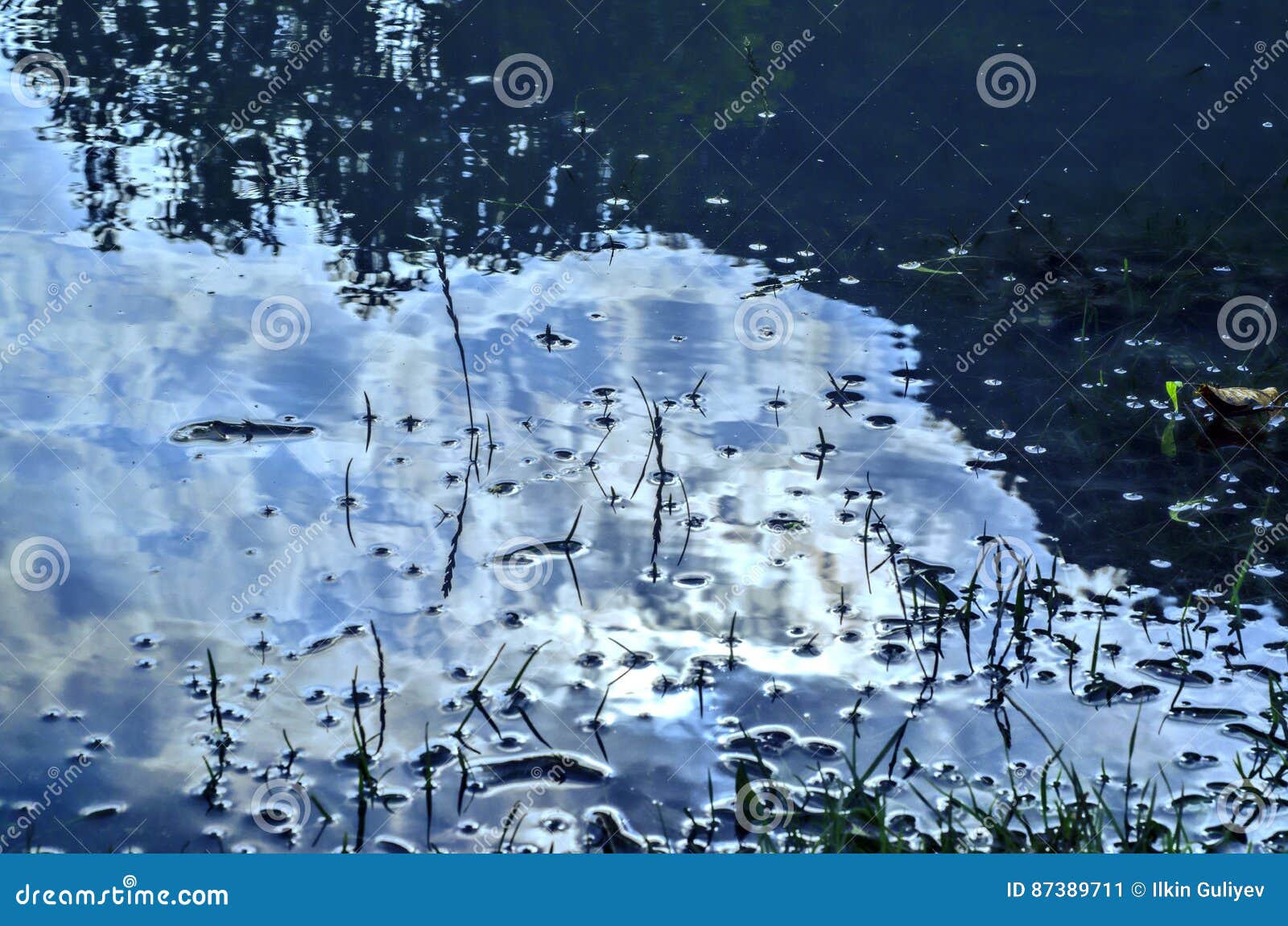

You will also want to note the location of your air plant. Pay attention to the changing of the seasons and the health of your air plant and water accordingly. In the summer when it is hot, they like to be bathed once a week, but in the cool winter months, once every three weeks or so will do. Change Your Watering Schedule Seasonallyĭepending on the season, air plants need to be bathed at different frequencies. Chlorine can turn the tips of the leaves brown. If you want to use tap water, allow it to sit out in a bowl for 24 hours first so that the chlorine evaporates.

Instead, use rainwater or filtered water if possible.

But it must be done properly or the air plant will rot!ĭon’t use chlorinated water for your air plants as it can harm them. When Tillandsia grow in the wild, they absorb moisture from the air which is much more humid than it is indoors, and that is usually where we keep them, so we have to soak them to re-hydrate. You can even make them into jewelry! They are hardy and easy to care for if you know what to do, and the most common problems that people have with air plants are due to incorrect watering. Their spiky tendrils are oh-so-cool looking and because they don’t need soil to survive, there are endless creative ways to display them, from terrariums to popping them inside seashells. This either comes from very high humidity (as in a greenhouse) or from regular soaking. However, it really means that they need to absorb moisture through their leaves consistently. One of the most common misconceptions about Tillandsia comes from their name and the idea that they only need air to survive. I went with small ones so they looked in proportion.Tillandsia get their more common name, air plant, because they grow without soil in the air.

You may want to choose your Tillandsias based on the size of your crystals. My air plants are a Tillandsia Bergeri (on the rose quartz) and a Tillandsia Stricta on the quartz cluster. It’s common to use wire or thread to attach them, but since we don’t want any wires to be seen, glue is totally fine to use and doesn’t harm them at all. In mimicking nature, you may have seen air plants that have been attached to objects to grow on. While crystals always seemed to be an expensive thing to me, there are some inexpensive ones out there that are good for projects like this.īecause air plants get all their nutrients through their leaves rather than the roots, the base of the plant is generally where they attach themselves to grow on objects in the wild. For my rocks I used a rose quartz, and and quartz cluster that I found online. Non-toxic glue such as E6000, hot glue or PVAĪ small amount of dirt/sand/small pebbles.įirstly, if you’re new to caring for air plants, check out these three things you’ll need to look after them properly.
#Submerge air plant in water how to#
And the good news is, the DIY air plant on a crystal geode is SO easy to do! How to Grow an Air Plant on a Crystal Not long ago I spotted an air plant for sale that was growing on a crystal and knew I had to try it for myself. They lived in a tin in my bedside just so I could pull them out every now and then, and looking at how pretty they were…įortunately, appreciating crystals and rock formations is a hobby that translates to adulthood, and I’ve just gotten myself a couple of crystal geode-type rocks to add a little sparkle to my home decor. When I was younger I had a rock collection, and every now and then would purchase some new pretty rocks for this collection.


 0 kommentar(er)
0 kommentar(er)
